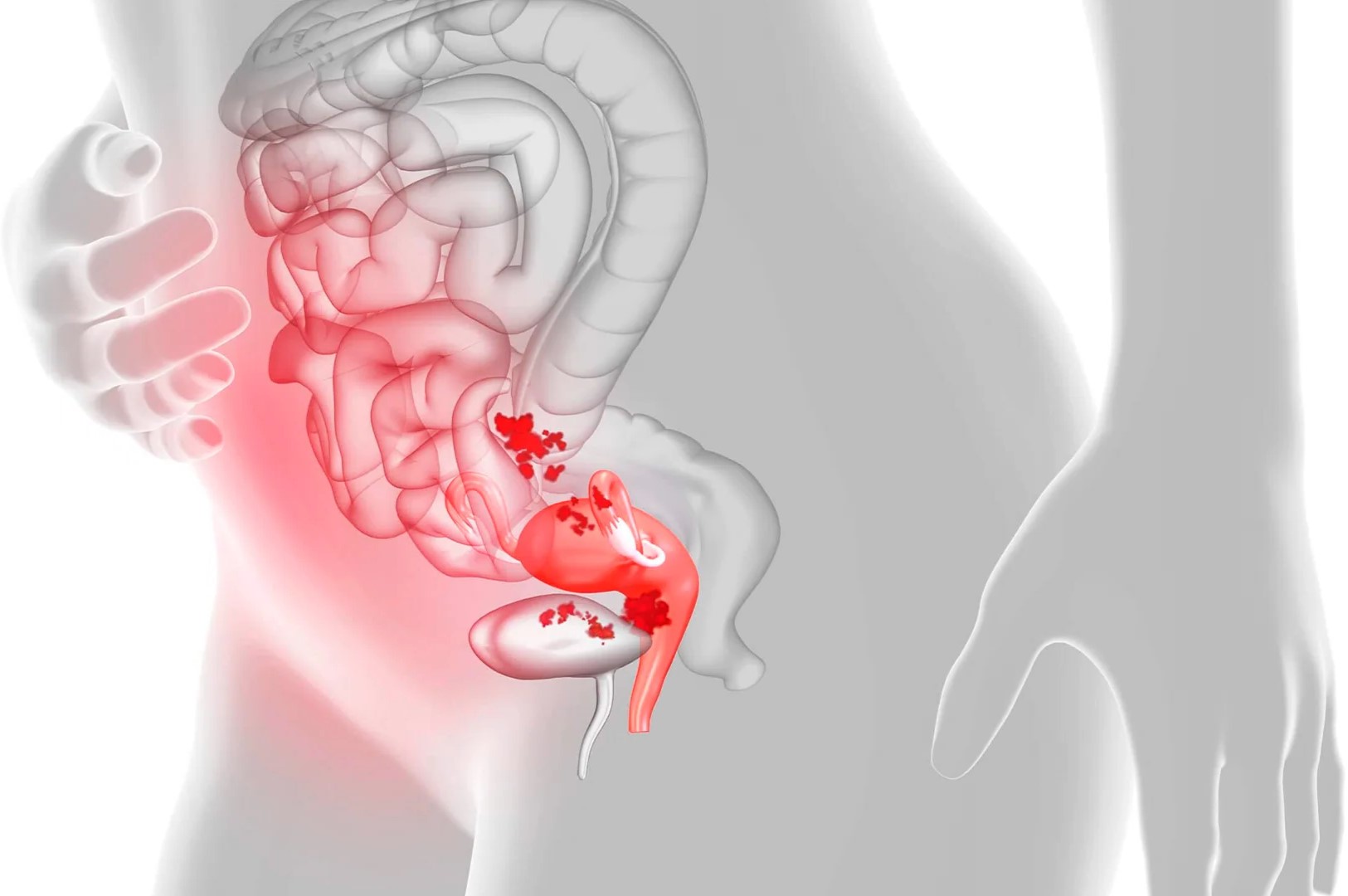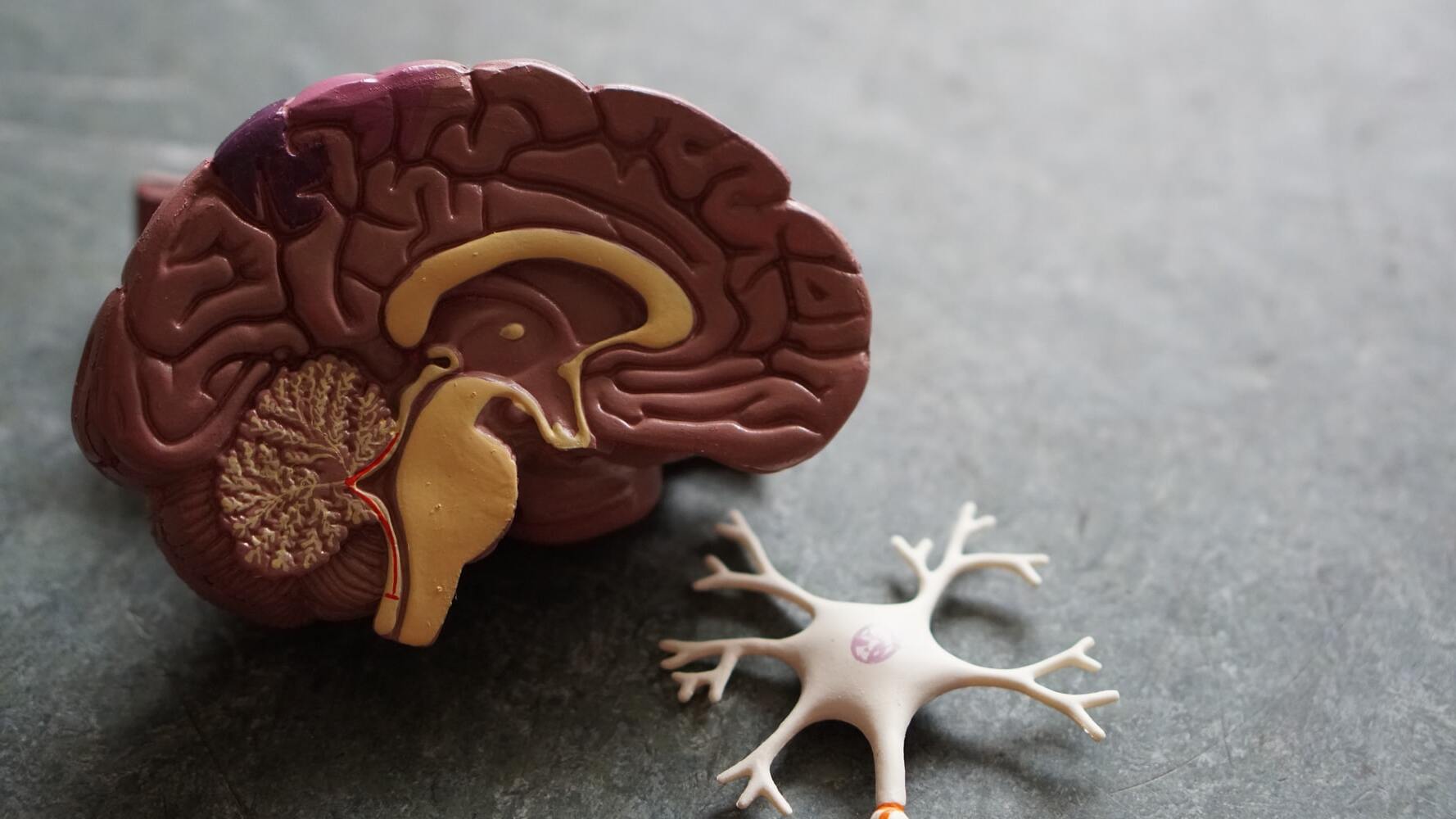
Adenomyosis is a condition where the inner lining of the uterus breaks through the muscle wall of the uterus. This can cause heavy periods, severe cramps, and bloating. But what exactly causes adenomyosis? While the exact cause remains unknown, some factors might include genetics, hormones, or previous uterine surgery. Women between the ages of 35 and 50 are most commonly affected. Symptoms can vary widely, making it tricky to diagnose. Treatments range from pain relief to hormone therapy, and in severe cases, surgery. Understanding adenomyosis is crucial for managing its symptoms and improving quality of life. Let's dive into 40 facts about this condition to shed light on its complexities.
What is Adenomyosis?
Adenomyosis is a medical condition where the inner lining of the uterus breaks through the muscle wall of the uterus. This can cause heavy periods, severe cramps, and other symptoms. Here are some intriguing facts about this condition.
-
Adenomyosis is often confused with endometriosis, but they are different conditions. Endometriosis involves tissue similar to the uterine lining growing outside the uterus, while adenomyosis involves this tissue growing within the uterine muscle.
-
The exact cause of adenomyosis remains unknown. However, it is believed to be linked to hormonal changes, childbirth, or uterine surgeries.
-
Women between the ages of 35 and 50 are most commonly affected by adenomyosis. This condition is rare in women under 30.
-
Symptoms of adenomyosis can vary widely. Some women experience severe pain and heavy bleeding, while others may have no symptoms at all.
-
Adenomyosis can lead to an enlarged uterus. This can cause discomfort and a feeling of pressure in the pelvic area.
Symptoms of Adenomyosis
Understanding the symptoms can help in early detection and management of adenomyosis. Here are some common symptoms associated with this condition.
-
Heavy menstrual bleeding is a common symptom. Women with adenomyosis often experience periods that are heavier and longer than usual.
-
Severe menstrual cramps, also known as dysmenorrhea, are another hallmark symptom. These cramps can be debilitating and interfere with daily activities.
-
Chronic pelvic pain is often reported by women with adenomyosis. This pain can be constant or intermittent.
-
Pain during intercourse, known as dyspareunia, can also be a symptom. This pain is usually deep and occurs during or after sex.
-
Blood clots during menstruation are common in women with adenomyosis. These clots can be large and frequent.
Diagnosis of Adenomyosis
Diagnosing adenomyosis can be challenging due to its similarity to other conditions. Here are some methods used to diagnose it.
-
Pelvic exams can sometimes detect an enlarged or tender uterus, which may indicate adenomyosis.
-
Ultrasound imaging is often used to look for signs of adenomyosis. This non-invasive test can help visualize the uterine walls.
-
MRI (Magnetic Resonance Imaging) is more accurate than ultrasound for diagnosing adenomyosis. It provides detailed images of the uterine tissue.
-
Endometrial biopsy involves taking a small tissue sample from the uterine lining. While it can rule out other conditions, it is not definitive for adenomyosis.
-
Laparoscopy is a surgical procedure that allows doctors to view the inside of the abdomen. It can help diagnose adenomyosis, but it is rarely used solely for this purpose.
Treatment Options for Adenomyosis
Treatment for adenomyosis aims to relieve symptoms and improve quality of life. Here are some common treatment options.
-
Nonsteroidal anti-inflammatory drugs (NSAIDs) like ibuprofen can help manage pain and reduce inflammation.
-
Hormonal therapies, such as birth control pills or hormone-releasing IUDs, can help regulate menstrual cycles and reduce bleeding.
-
Gonadotropin-releasing hormone (GnRH) agonists can temporarily shrink adenomyosis by reducing estrogen levels.
-
Endometrial ablation is a procedure that destroys the lining of the uterus. It can reduce heavy bleeding but is not suitable for women who wish to have children.
-
Uterine artery embolization (UAE) is a minimally invasive procedure that blocks blood flow to the adenomyosis, causing it to shrink.
Surgical Treatments for Adenomyosis
When other treatments fail, surgery may be necessary. Here are some surgical options for adenomyosis.
-
Hysterectomy, the removal of the uterus, is the only definitive cure for adenomyosis. It is usually considered when other treatments are ineffective.
-
Myometrial resection involves removing the affected areas of the uterine muscle. This procedure can preserve the uterus but may not be suitable for all women.
-
Laparoscopic surgery is a minimally invasive option for removing adenomyosis tissue. It involves small incisions and a quicker recovery time.
-
Robotic-assisted surgery offers precision and control for complex cases of adenomyosis. It uses robotic arms controlled by a surgeon.
-
Endometrial resection is another surgical option that removes the lining of the uterus. It can help reduce symptoms but is not a permanent solution.
Impact of Adenomyosis on Fertility
Adenomyosis can affect a woman's ability to conceive and carry a pregnancy to term. Here are some facts about its impact on fertility.
-
Adenomyosis can cause infertility by disrupting the normal function of the uterus. This can make it difficult for an embryo to implant and grow.
-
Women with adenomyosis may have a higher risk of miscarriage. The condition can interfere with the uterine environment needed for a healthy pregnancy.
-
Assisted reproductive technologies (ART) like IVF may be less effective in women with adenomyosis. The condition can reduce the chances of successful implantation.
-
Adenomyosis can cause complications during pregnancy, such as preterm labor or placental abnormalities. Close monitoring by a healthcare provider is essential.
-
Fertility-preserving treatments, such as hormonal therapies or conservative surgeries, can help women with adenomyosis achieve pregnancy.
Lifestyle and Home Remedies for Adenomyosis
In addition to medical treatments, lifestyle changes and home remedies can help manage adenomyosis symptoms. Here are some tips.
-
Regular exercise can help reduce pain and improve overall well-being. Activities like yoga and swimming are gentle on the body.
-
Heat therapy, such as using a heating pad or taking warm baths, can relieve menstrual cramps and pelvic pain.
-
Dietary changes, like reducing caffeine and sugar intake, can help manage symptoms. A balanced diet rich in fruits, vegetables, and whole grains is beneficial.
-
Stress management techniques, such as meditation or deep breathing exercises, can help reduce pain and improve mental health.
-
Herbal supplements, like turmeric or ginger, have anti-inflammatory properties that may help alleviate symptoms. Always consult a healthcare provider before starting any supplements.
Living with Adenomyosis
Living with adenomyosis can be challenging, but support and resources are available. Here are some tips for managing daily life with this condition.
-
Joining a support group can provide emotional support and practical advice from others who understand what you're going through.
-
Keeping a symptom diary can help track patterns and triggers. This information can be useful for your healthcare provider.
-
Communicating openly with your healthcare provider is essential. Discuss your symptoms, treatment options, and any concerns you may have.
-
Educating yourself about adenomyosis can empower you to make informed decisions about your health. Reliable sources include medical websites and patient advocacy groups.
-
Prioritizing self-care is crucial. Make time for activities that bring you joy and relaxation, and don't hesitate to seek help when needed.
Understanding Adenomyosis
Adenomyosis, a condition where endometrial tissue grows into the muscular wall of the uterus, can cause significant discomfort and impact daily life. Symptoms like heavy menstrual bleeding, severe cramps, and chronic pelvic pain are common. While the exact cause remains unclear, hormonal imbalances and uterine inflammation are suspected contributors.
Diagnosis often involves imaging tests like ultrasounds or MRIs, and treatment varies from medication to manage symptoms to surgical options for severe cases. Lifestyle changes, such as regular exercise and a balanced diet, can also help alleviate symptoms.
Raising awareness about adenomyosis is crucial for early diagnosis and effective management. If you experience persistent pelvic pain or abnormal bleeding, consult a healthcare professional. Understanding this condition empowers individuals to seek appropriate care and improve their quality of life.
Was this page helpful?
Our commitment to delivering trustworthy and engaging content is at the heart of what we do. Each fact on our site is contributed by real users like you, bringing a wealth of diverse insights and information. To ensure the highest standards of accuracy and reliability, our dedicated editors meticulously review each submission. This process guarantees that the facts we share are not only fascinating but also credible. Trust in our commitment to quality and authenticity as you explore and learn with us.


